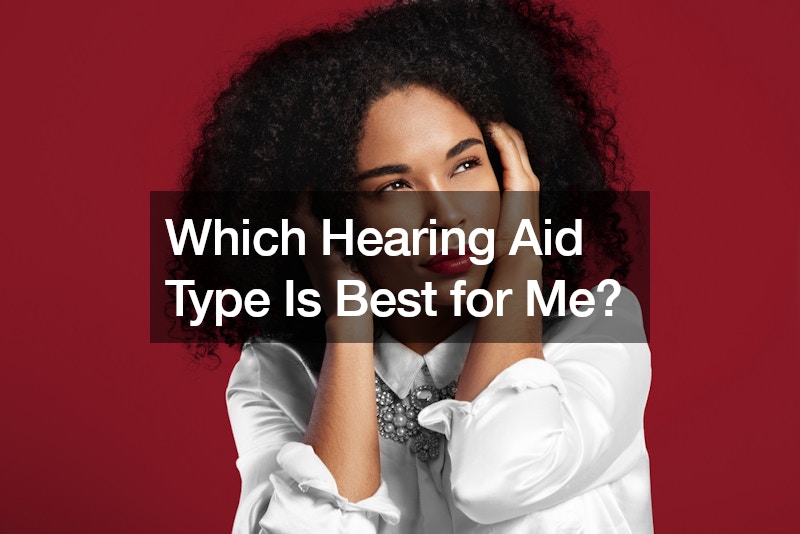
Choosing the right hearing aid can significantly impact your quality of life. With various types available, it’s essential to understand their features, benefits, and suitability for different hearing needs and lifestyles. Here’s a comprehensive guide to hearing aid types.
Understanding Hearing Aid Types
- Behind-the-Ear (BTE) Hearing Aids: BTE hearing aids are one of the most common types. They sit comfortably behind the ear and are connected to an earmold that fits inside the ear canal. These devices are suitable for people of all ages and are particularly beneficial for those with severe to profound hearing loss. They are durable and come with various features like Bluetooth connectivity and telecoils.
- In-the-Ear (ITE) Hearing Aids: ITE hearing aids are custom-made to fit the outer portion of the ear. They are larger than other in-ear models, which makes them easier to handle and suitable for people with dexterity issues. ITE aids are ideal for mild to severe hearing loss and can include advanced features like directional microphones and volume controls.
- In-the-Canal (ITC) and Completely-in-the-Canal (CIC) Hearing Aids: ITC and CIC hearing aids are smaller and fit partly or completely inside the ear canal, making them less visible. These types are best for individuals with mild to moderate hearing loss. They offer a more discreet option but may lack some of the advanced features due to their smaller size. ITC and CIC aids may not be suitable for individuals with severe hearing loss or those who have difficulty handling small devices.
- Receiver-in-Canal (RIC) Hearing Aids: RIC hearing aids are similar to BTE models but have a thin, nearly invisible wire connecting the behind-the-ear component to the receiver placed in the ear canal. This design offers a comfortable and natural sound experience. RIC aids are suitable for mild to severe hearing loss and often come with advanced features like noise reduction and directional microphones.
- Invisible-in-the-Canal (IIC) Hearing Aids: IIC hearing aids are the smallest and most discreet option available. They fit deep within the ear canal and are nearly invisible. These aids are ideal for individuals with mild to moderate hearing loss and are best for those who prioritize aesthetics and discretion. However, they may not have the same range of features as larger models and can be challenging to handle and maintain.

Factors to Consider
When choosing among hearing aid types, consider the following factors:
- Degree of Hearing Loss: Severe hearing loss may require more powerful BTE or RIC models, while mild to moderate loss can be addressed with ITE, ITC, CIC, or IIC aids.
- Lifestyle: Active individuals may benefit from durable and water-resistant models. Those who frequently use electronic devices may prefer aids with Bluetooth connectivity.
- Aesthetics: If discreetness is a priority, CIC or IIC models are preferable.
- Manual Dexterity: Larger models like BTE and ITE are easier to handle and adjust.
Consulting with an audiologist is crucial in making an informed decision. They can provide a thorough hearing assessment and recommend the most suitable hearing aid type based on your specific needs and preferences. With the right hearing aid, you can enhance your hearing experience and improve your overall quality of life.


